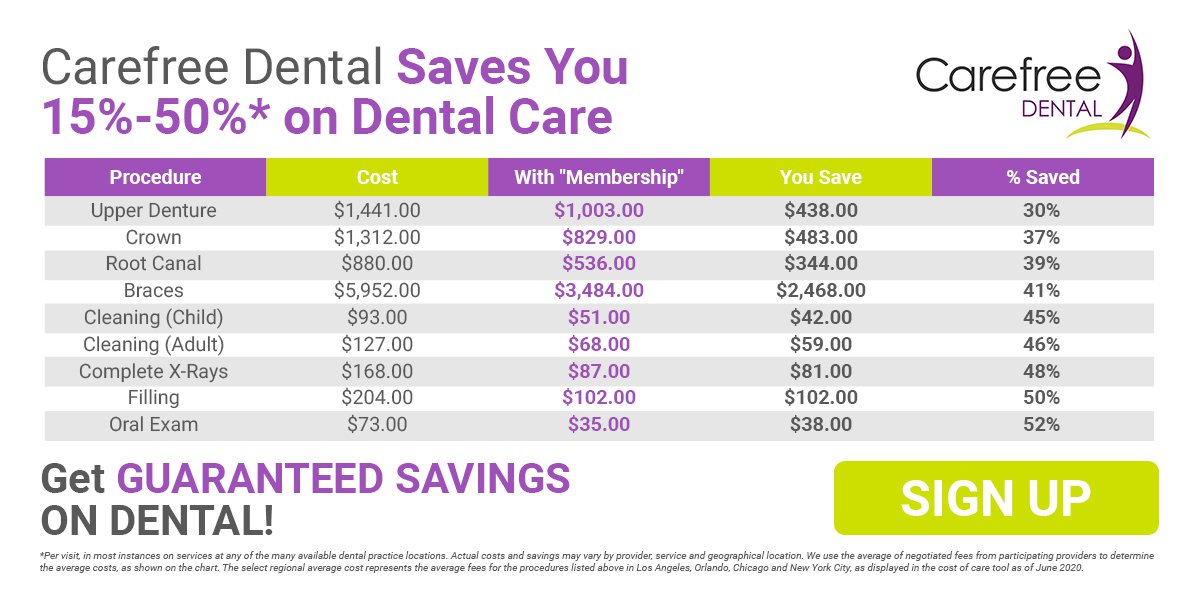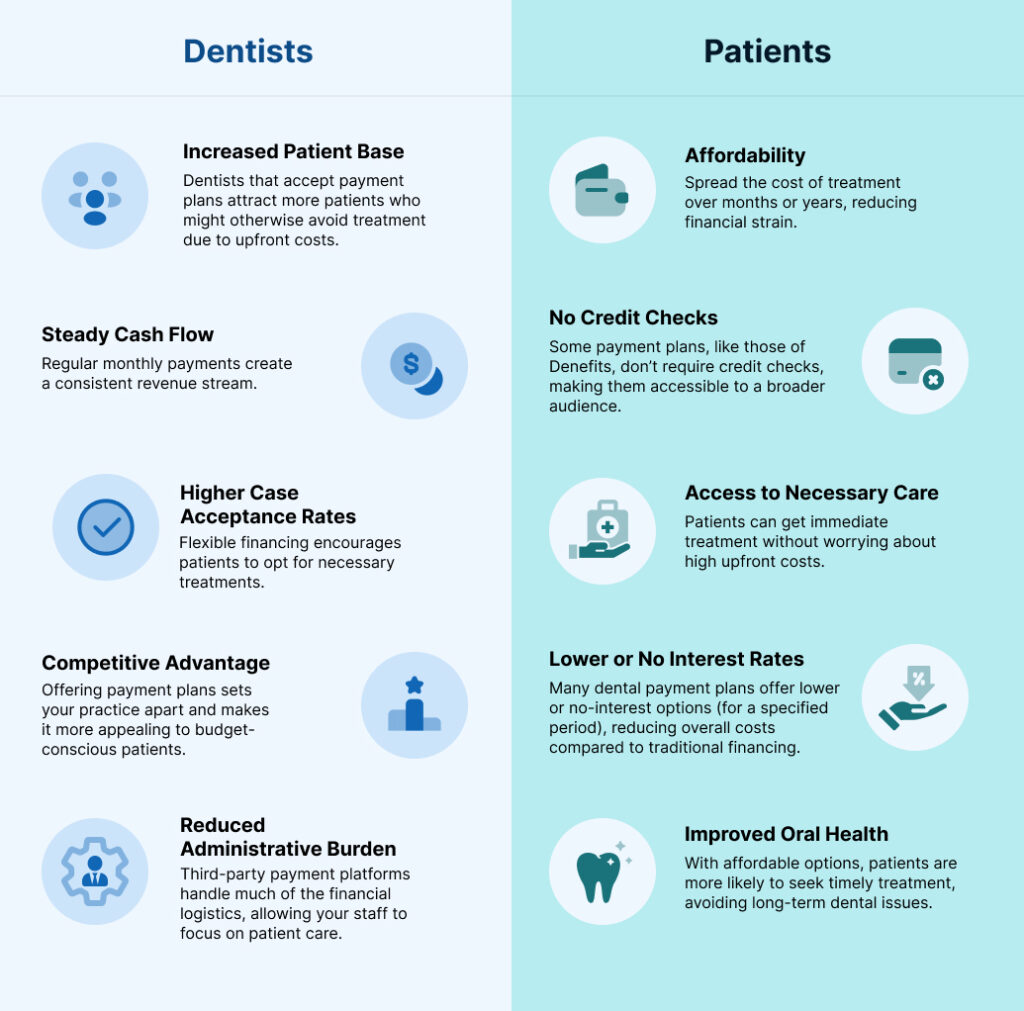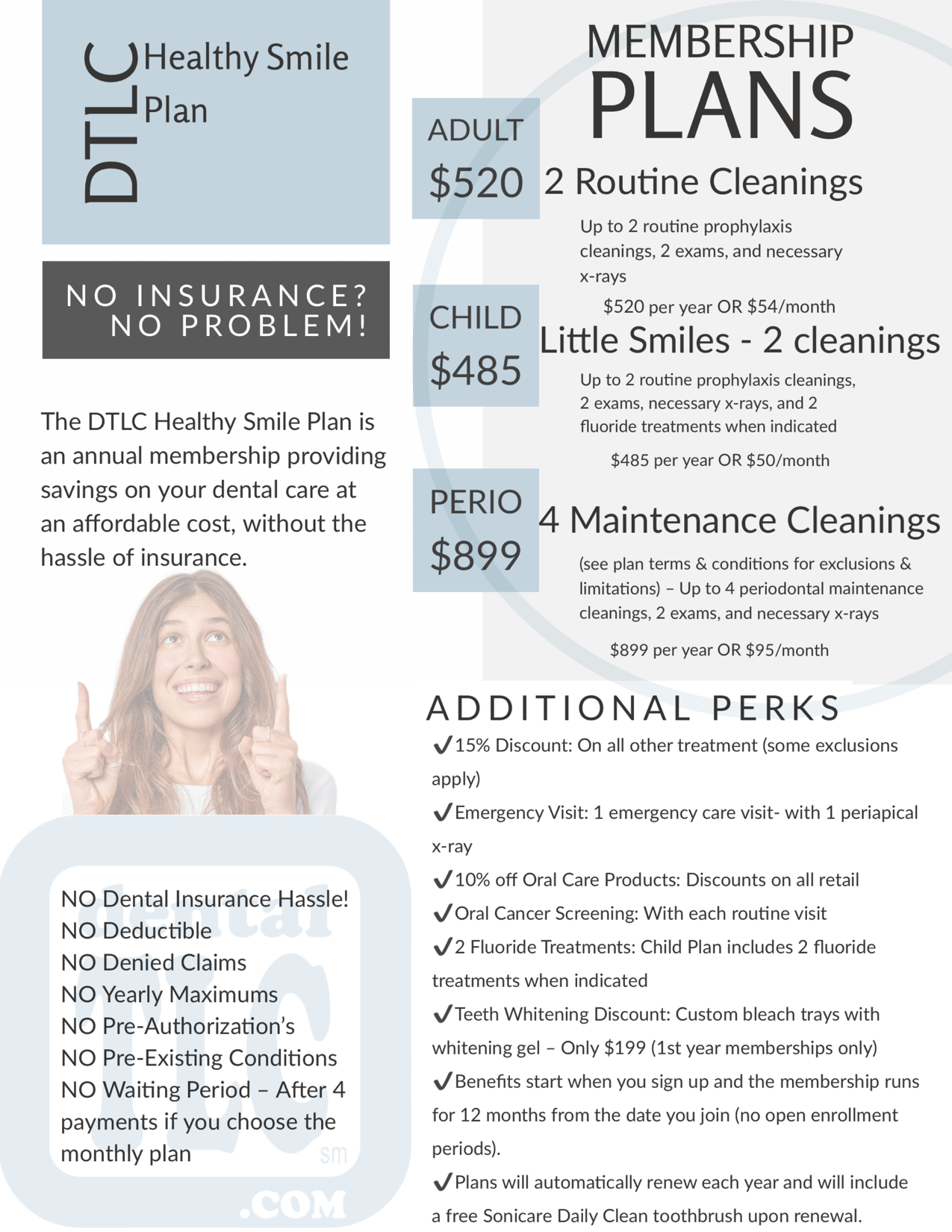Dental Insurance and Payment Plans: A Comprehensive Guide to Affordable Dental Care
When it comes to dental health, many people often delay or avoid necessary treatments due to cost concerns. The rising costs of dental procedures, combined with the lack of insurance coverage for some treatments, can be overwhelming. However, the good news is that there are several options to help alleviate this burden, namely dental insurance and payment plans. These options can make dental care more accessible and affordable for patients, allowing them to maintain optimal oral health without financial strain.
In this guide, we will dive deep into dental insurance and payment plans, how they work, their benefits, and how they can help both patients and dentists. Whether you are looking to explore dental insurance options or wondering if payment plans are the right fit for your dental practice, this article covers everything you need to know.

What is Dental Insurance?
Dental insurance is a type of coverage that helps cover the costs of dental treatments, such as cleanings, fillings, crowns, and even more extensive procedures like root canals or implants. Just like other types of health insurance, dental insurance typically involves a monthly premium that is paid to an insurance provider in exchange for coverage for certain treatments.
Types of Dental Insurance Plans
Dental insurance comes in different forms, and understanding these can help you select the right plan for your needs. The most common types include:
- PPO (Preferred Provider Organization) Plans
- PPO plans offer flexibility in choosing your dentist, including out-of-network providers, but you’ll pay less if you choose a dentist within the network.
- HMO (Health Maintenance Organization) Plans
- HMO plans generally require you to choose a primary care dentist (PCD), and all treatments must be referred by this dentist. These plans often have lower premiums and out-of-pocket costs.
- Indemnity Plans
- Indemnity plans, often known as “traditional” insurance, allow you to choose any dentist. The insurance company will pay a percentage of the procedure cost, and you will pay the rest.
- Discount Plans
- Rather than reimbursing for dental services, discount dental plans offer discounted rates for procedures at participating providers. You typically pay for services out-of-pocket at a reduced rate.
How Does Dental Insurance Work?
Dental insurance typically works on a tiered system, with coverage levels varying depending on the type of procedure:
- Preventive Care: These services often receive 100% coverage, including routine exams, cleanings, and x-rays.
- Basic Care: Fillings, extractions, and simple procedures often receive 70-80% coverage, with the patient covering the remaining 20-30%.
- Major Procedures: More complex procedures like root canals, crowns, and implants may only be covered at 50% or less.
Deductibles, annual maximums, and co-pays also play a role in how much you’ll need to pay out-of-pocket.
Pro Tip: Always read the fine print of your insurance policy to understand what is and isn’t covered. This can prevent unexpected out-of-pocket costs.
What Are Dental Payment Plans?
Dental payment plans are another option to help manage the cost of dental care. These plans allow patients to break down the cost of their treatment into manageable monthly payments instead of paying a lump sum upfront. Dental practices often partner with financing companies to offer these plans, ensuring more patients can afford necessary care.
There are two main types of dental payment plans:
- In-House Payment Plans
- These are arrangements made directly with the dental practice, where the patient agrees to pay in installments over time. These plans usually have flexible terms and interest-free options.
- Third-Party Financing
- Dental practices often collaborate with third-party companies like CareCredit or LendingClub, which provide financing for dental treatments. These options may come with low or zero interest rates if paid off within a specified period.
Benefits of Dental Payment Plans
For many, dental payment plans are an attractive option. Here are a few key benefits:
- Manageable Payments: Patients can divide their dental bills into smaller, more affordable payments.
- No Need for Full Payment Upfront: Payment plans eliminate the need to pay large sums at once, allowing for immediate dental care.
- Improved Access to Treatment: Payment plans can help patients avoid delaying care due to cost concerns.
- No Interest: Some dental payment plans offer interest-free financing, making it easier to pay off the treatment over time.

How Do Dental Payment Plans Work?
A dental payment plan typically works as follows:
- Assessment: The dental office will assess the cost of the procedure and determine the financing options available.
- Application: If you opt for third-party financing, you’ll fill out a simple application with the financing provider.
- Approval and Terms: Once approved, the dental office will explain the terms of the plan, including interest rates and repayment schedules.
- Treatment: You receive the necessary dental treatments while managing the payments according to the plan.
Dental payment plans can be short-term (lasting only a few months) or long-term (spanning over years), depending on the treatment cost and the agreement terms.
How Dental Payment Plans Benefit Dentists
Offering payment plans can be a win-win for dental practices. Here’s how:
- Increased Patient Retention: Patients are more likely to stay with a dentist if they can afford treatments, leading to better patient retention.
- More Treatment Acceptance: When financial barriers are reduced, patients are more likely to accept needed treatments, improving overall health outcomes.
- Streamlined Payments: Payment plans can ensure a steady stream of revenue for the dental practice, reducing the need for collections.
- Loyalty: Offering affordable payment options can foster long-term loyalty from patients, who will appreciate the flexibility in payment.
Did You Know? Many patients avoid dental procedures due to cost concerns, but payment plans can provide a solution that allows them to receive treatment promptly.
Which Option is Better: Dental Insurance or Payment Plans?
The decision between dental insurance and payment plans depends largely on your needs, budget, and the type of treatments you require. Here’s a breakdown of both options:
| Feature | Dental Insurance | Dental Payment Plans |
|---|---|---|
| Coverage | Covers a wide range of treatments, often with limitations. | Offers financing for out-of-pocket costs or uncovered treatments. |
| Monthly Cost | Monthly premiums and co-pays. | No upfront premium, but monthly payments for the procedure. |
| Flexibility | Limited flexibility with network restrictions. | More flexible with payment options and terms. |
| Preventive Care | Often fully covered. | Payment plans are typically used for larger treatments. |
| Treatment Types | Primarily preventive and basic care. | Works for both routine and more extensive treatments. |
Which Should You Choose? If you need basic preventive care, dental insurance may be the best choice. However, if you’re looking at more complex or elective treatments, payment plans could help you manage costs more effectively.
FAQs About Dental Insurance and Payment Plans
Q1: Are dental insurance plans worth it?
A1: Dental insurance can be highly beneficial, especially for those who require routine dental care like cleanings, exams, and x-rays. However, for more complex procedures, it may not cover the entire cost. Assess your dental needs and compare plans before deciding.
Q2: Can I use both dental insurance and a payment plan?
A2: Yes, you can often use both. Dental insurance may cover a portion of your treatment, while a payment plan can help cover the remaining balance. This dual approach allows you to manage costs effectively.
Q3: Do dental payment plans have interest?
A3: Some payment plans offer interest-free options, particularly if the balance is paid off within a short time frame. However, longer-term plans might include interest rates, so it’s important to read the fine print.
Q4: What treatments can be covered by dental insurance?
A4: Dental insurance typically covers preventive care (cleanings, exams, x-rays), basic restorative care (fillings), and some major procedures (root canals, crowns). However, cosmetic procedures and elective treatments may not be covered.
Q5: How do I choose the best dental insurance or payment plan?
A5: When choosing between dental insurance and a payment plan, consider your dental needs, budget, and the types of procedures you might require. It’s also important to compare the coverage limits, deductibles, and premium costs of insurance plans.

Conclusion
Dental insurance and payment plans are excellent ways to ensure that you receive the dental care you need without breaking the bank. Whether you opt for insurance to cover preventive care or choose a payment plan for more extensive treatments, both options can help you achieve better oral health.
Take the time to assess your needs and financial situation to make an informed decision. With the right plan in place, you can enjoy a healthy smile without worrying about the cost.
For more information on dental insurance and payment plans, visit Carefree Dental, Denefits, and Dental TLC.

